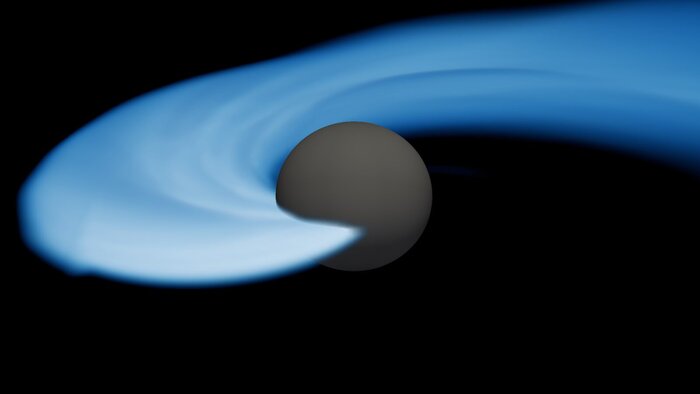The event, which challenges current theories, was detected on May 29, 2023 during the first part of the fourth observation session. The analysis of the gravitational signal does not provide enough information to determine with certainty whether the two compact objects are neutron stars or black holes.
The same detector network will begin the second phase of run 4 on April 10, after a technical break due to maintenance interventions. The goal is to bring the total number of gravitational signals observed above 200 by February 2025, the Ligo scientific collaboration said in a statement. The first of our exciting results from the fourth round of Ligo-Virgo-Kagra observations, reveals that the rate of similar collisions between neutron stars and low-mass black holes may be higher than expected,” says Jess McIver of the University of British Columbia (Canada), deputy spokesperson of the ligo-virgo scientific collaboration. The Gw 230529 signal recorded in 2023, whose gravitational wave would have been generated by the merger (which occurred approximately 650 million light years from Earth) of two compact object.

